
Straightening Out Ford’s 351 ci Engines
What’s in a name?
By Dean Larson
Studying Ford V8 engines, the 351 especially, breaks a couple nuances we’re quite used to. For one, we rarely see a manufacturer build multiple engines of the same displacement in a given time period that share few, if any, parts. For reasons that are a bit less than coincidental, Ford built three different V8s over the years that displaced 351 cubic inches, or roughly 5.8 liters.
It’s also important to put aside the terms big block and small block while looking at Ford V8s. Ford instead used engine family designations, where a certain block design would accommodate multiple displacements and power levels. However Ford produced several V8 engine families concurrently, which helps explain the existence of three 351-ci V8s. We’ll start at the beginning, with the first and most prominent of the three — the venerable 351 Windsor.
351 Windsor
The 351-ci Windsor V8 is the largest displacement member of the Windsor engine family. Named for the casting and assembly plants in Ontario, Canada, Ford’s line of Windsor engines have become the standard “small-block Ford” engine, and saw active duty from 1962 to 1996, with crate engines still sold by Ford today.
The first Windsor engine displaced just 221 ci, but the design had room to grow, and soon the lineup expanded to include the 260-, 289- and 302-ci variants. These engines worked well and developed increasing horsepower and utility, but there wasn’t much room left in the block casting for more cubic inches. The solution came about for the 1969 model year, when engineers raised the Windsor’s deck height 1.3 inches, to accommodate a longer stroke. The new 351 Windsor retained the 4.000-inch bore used on the 289 and 302, but the taller deck allowed for a 3.500-inch stroke, bringing the final displacement into the neighborhood of 351 cubic inches. The engine also featured larger main bearing caps, larger connecting rods and a different firing order.
Cylinder heads are an interesting point of comparison between the 351-ci engines, and the 351W heads were optimized for low-rpm torque, instead of high-rpm horsepower. This made the engine a great powerplant for all sorts of intermediates and full size cars, including the Galaxie, LTD, Country Squire, Torino and Thunderbird. The engine pulled double duty in Ford’s Broncos and F-Series trucks, and a tuned version was also made available in the 1968 through ’70 Mustang. Depending on configuration, the engine produced anywhere from 250 hp (SAE net) to a stout 300 hp in the 1995 Cobra R Mustang.
Today, the 351 Windsor engine is an extremely common platform for engine builders with a huge aftermarket. Engine builders like Craft Racing Engines regularly supply 351W-based engines, some of which produce 750 hp and turn up to 7,800 rpm! The 351 Windsor is a very popular engine today in Cobra replicas, and is often punched out to 427 ci and above.
At a glance, the 351 Windsor engine can be identified by its six-bolt valve covers and radiator hose, which is routed through the intake manifold. The Windsor engine also has an external timing chain cover, which attaches to the front of the engine, while the 351C and 351M have a timing chain recessed into the block itself. The 351 Windsor engine makes use of the six-bolt bellhousing pattern known as the “small block V8 pattern.”
351 Cleveland
The famed Ford 351 Cleveland engine is a performance-bred V8 engine, and the first iteration of the Ford 335-series engine family. The 335 designation came from the engine’s original design concept — a V8 engine of 335 cubic inches that could grow in displacement to serve multiple purposes. Introduced in 1969 for the ’70 model year, the 351-ci variant was named for its Brook Park, Ohio, Cleveland Engine plant, which included casting, stamping and assembly facilities.
Sources indicate that the Windsor facility could not keep up with demand for new V8 engines, so Ford called the Cleveland plant to action to meet production requirements. The 335-series engines built at the Cleveland facility were designed for use in mid- and full-size cars, along with trucks, and became an eventual replacement for the FE engine family (360-, 390-, 406-, 427-, 428-ci, etc.). If you’re not confused yet, Ford also ran the larger 385-series engines (370-, 429- and 460-ci) at the same time (1968 to 1997), and the 335-series engines would borrow combustion chamber and valvetrain technology from the 385-series.
While they shared some design elements, engines produced at the Cleveland plant utilized a different block and cylinder head, and they are not directly interchangeable with Windsor items. 335-series engines were designed well, but the highlight of the 351 Cleveland is its cylinder heads, which were heavily based on the Boss 302. The engine was initially produced in 2V and 4V (V for venturi) versions, with valves measuring 2.04-/1.65-inches (int./ext) on the 2V and 2.19-/1.71-inches on the 4V. These valves were canted in relation to the combustion chamber, which allowed for much larger diameter valves than Windsor heads. To supply the huge valves, the Cleveland heads had massive, free-breathing ports on both versions, with the 4V heads having slightly larger ports.
Horsepower outputs vary for the 351 Cleveland based on the cylinder heads used. 351C 2V engines produced as little as 250 hp, while the top dog, closed-chamber 351C 4V engines were likely conservatively rated at 330 hp. Production of the 351C only lasted four years, ending in 1974. As emissions regulations tightened in the early ’70s, Ford was forced to stymie the Cleveland’s output by lowering compression by switching exclusively to an open-chamber cylinder head design.
Like all 351-ci variants, the Cleveland saw use in all sorts of Ford vehicles, including Mustang Mach 1, Boss 351 and Mercury Cougar. It’s worthy of bragging rights if you have any Cleveland engine under your hood these days, as the cylinder heads still perform well against modern equivalents. Since they’re expensive to build and were only available for a short time, you won’t see as many offerings for crate engines, but the Cleveland remains a relevant engine to this day, and a serious contender at any horsepower level.
351 Modified
The final Ford 351 ci engine is likely the most misunderstood of the bunch. It’s commonly referred to as the 351 Modified, which muddies the waters a bit, but you’ll soon see the term “modified” is used in a literal sense. Some claim, instead, that the M refers to the Michigan Casting Center where the blocks originated. But to properly understand the 351M, we need to talk about another 335-series engine, the 400.
The largest in the 335-series family, the 400-ci engine, featured the same 4.000-inch bore as the 351C, but with a taller deck height and longer, 4.000-inch stroke. Billed as a high torque, low rpm replacement for the larger FE engines, the 400 was used in many Ford and Mercury cars along with F-series trucks.
After the 351 Cleveland was phased out, Ford sought to replace the engine by building a modified 400 to fill the slot. New for 1975, the 351M kept the 400’s tall-deck block and 4.000-inch bore, but displacement was reduced by decreasing the stroke to 3.500 inches. Other than the pistons and crankshaft, the 351M shares all parts with the 400. The Modified engine was only ever equipped with a two-barrel intake and open-chamber heads, and powered a similar array of blue-oval cars and trucks. The 351M would be phased out of production cars in 1979, and trucks in 1982, as Ford switched over to more compact Windsor-series engines.
With ’70s gas crunches and emissions regulations, the 351M and 400 suffered on paper, with outputs falling each year. In 1971, the 400 made its peak power at 260 hp. In all other years, you’re looking at roughly 140 to 180 hp for both engines.
The 351M is easy enough to come by though, and has potential as a cheap brawler of a powerplant. Commonly the engine is reverted back to its 400-ci size for a boost in displacement, and a handful of companies make performance parts for the tall-deck 400 block. Better yet, since all three engines belong to the 335 family, many 351 Cleveland parts can be bolted on the 351M, including the venerable Cleveland cylinder heads. Just be sure to watch fitment in the engine bay, as the 351M’s taller deck height may cause clearance problems for headers and other parts.
The 335 series engines, including the 351C and 351M, can be identified by their eight-bolt valve covers and timing chain housing, which is integrated into the block. The 351 Cleveland shares a bellhousing pattern with the Windsor family, while the 351 Modified uses the “big block 335-series pattern.” You’ll also notice a wider intake manifold on the 351M, thanks to its taller deck height, and an extra motor mount.
Across years, engine families and applications, Ford’s 351-ci V8s were sturdy and versatile engines. Today as much as ever, the Ford 351 remains a relevant powerplant thanks, in part, to Cobra builders, engine suppliers and aftermarket support.
Photos:
Windsor:
Craft Performance Engines
Cleveland:
By Stephen Foskett (Wikipedia User: sfoskett) - 28th annual New England Regional All-Ford Show and Swap Meet hosted by the Mustang Car Club of New England at the Hebert Candy Mansion, Shrewsbury, MA, CC BY-SA 3.0, https://commons.wikimedia.org/...
By Stephen Foskett (Wikipedia User: sfoskett) - 28th annual New England Regional All-Ford Show and Swap Meet hosted by the Mustang Car Club of New England at the Hebert Candy Mansion, Shrewsbury, MA, CC BY-SA 3.0, https://commons.wikimedia.org/...
Modified:
Youtube User FuquarProductions

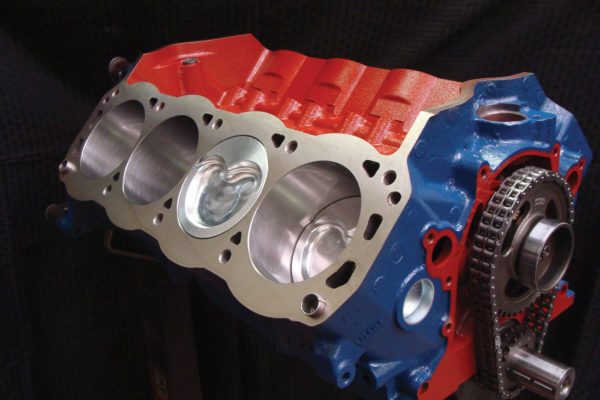
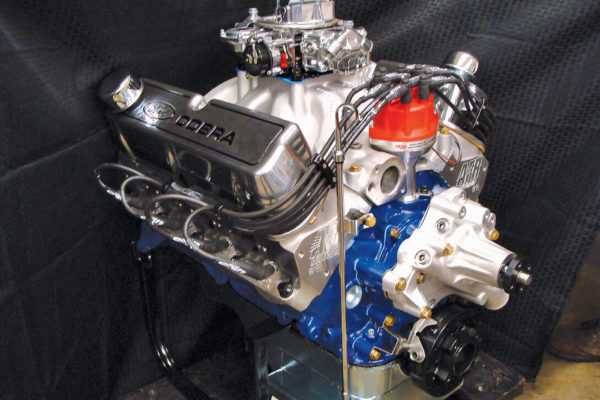
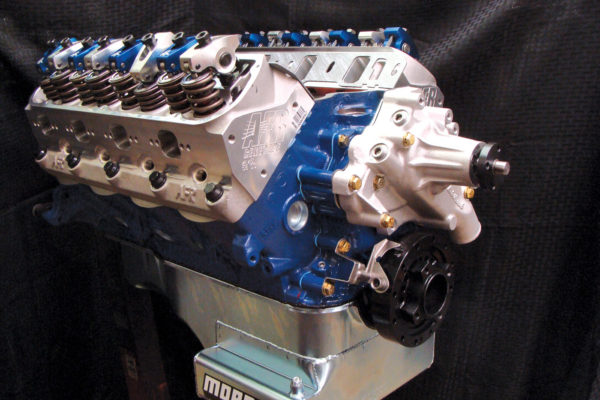
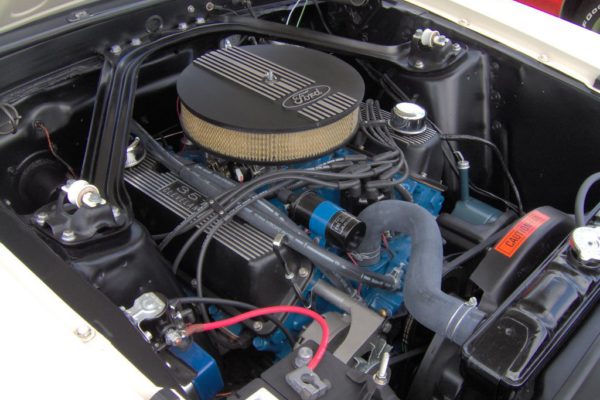
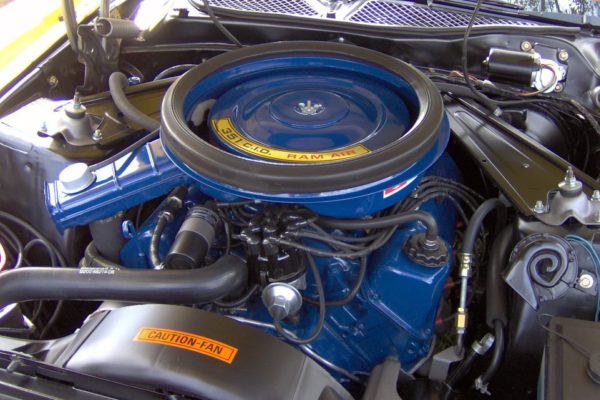
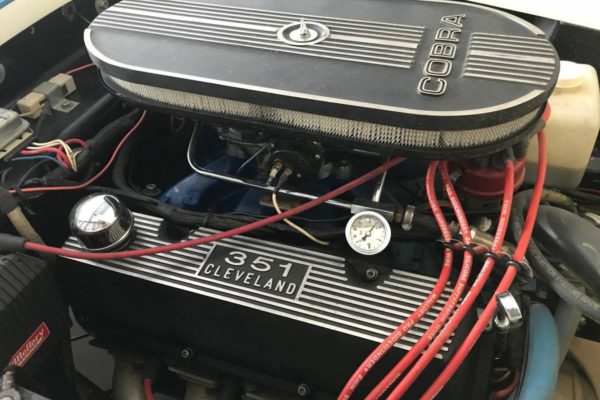
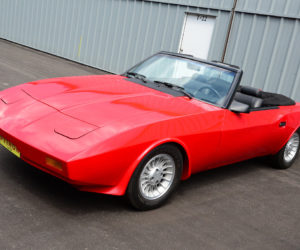
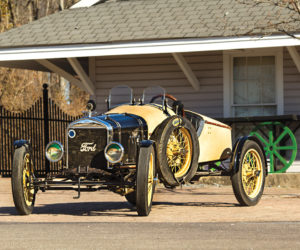
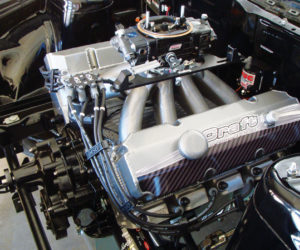
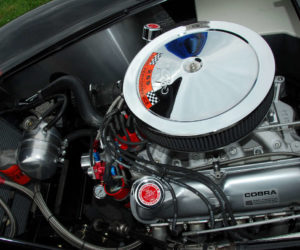
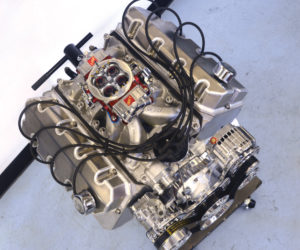
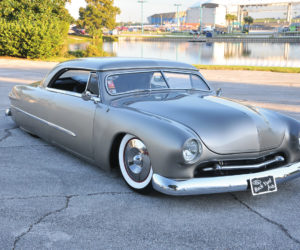




Comments for: Straightening Out Ford’s 351 ci Engines
comments powered by Disqus